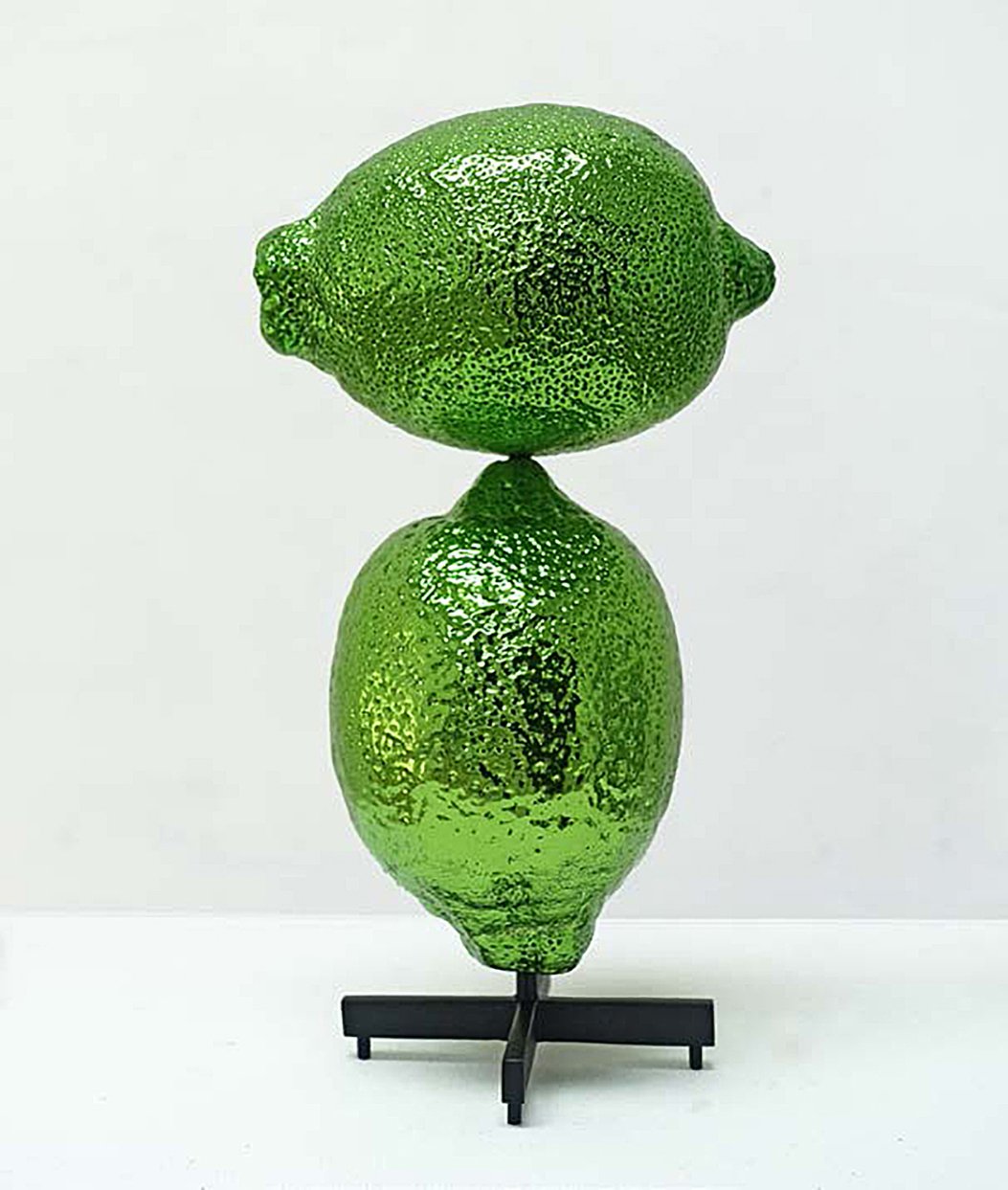Blackbird Rook presents
Anatomia Humana
An exhibition curated by Irini Karayannopoulou
25 November - 6th January
Cerith Wyn Evans, Eftihia Stefanidi, Didier Marcel, Eleanna Horiti, Damien Deroubaix, Marilena Kranioti, John Stezaker, Paris Koutsikos, Kasia Kay, Augusta Atla, Hanna Krzysztofiak, Dimitris Christidis, Sofia Kouloukouri, Marianna Hatzinikolaou, Raffaele Lo Monaco, Andreas Vais, Peggy Kouroumalos, Zoe Xenaki, Vassili Salpistis, Ioanna Papageorgiou, Doreida Xhogu, Sébastien Marteau, Irini Karayannopoulou
Anatomia Humana is an exhibition that examines the body’s contradictions - its force and its fragility, inviting us to consider what it means to be human. Through diverse media - painting, drawing, collage, sculpture, photography - 23 contemporary artists contemplate flesh, bones and psyche, revealing the strange and often uncomfortable truths of life. Here, the human form is structure and myth, a complex organism. Inspired by ancient thinkers like Empedocles, who saw the body as a blend of elemental forces, and Democritus, who viewed it as a dynamic assembly of atoms, Anatomia Humana frames the body as both timeless and ephemeral.
The smallest anatomical fragment - a hand, an eye, a rib - ignites exploration. The body unfolds as a surreal landscape, while the landscape itself becomes bodily: an extension of human perception; a proof of touch; an imprint. Each artist offers a unique perspective on this terrain, presenting the body not as a fixed entity or mere biological specimen, but as possibility and transformation.
Empedocles proposed the universe to be governed by two fundamental forces; Love and Strife. These forces are in constant interplay, and shape everything, including the human condition. Love binds us together while Strife, pulls us apart. The human body reflects this duality - our organs and cells work in harmony yet are subject to forces of disease or decay. And while we seek love and trust, we face conflict, separation and loss. The human condition is a delicate balance of opposites. Anatomia Humana challenges the viewer to reconsider the body not just as a biological entity, but as a site of narrative transcendence.
Anatomia Humana positions the body as both locus and metaphor, a site of connection and fracture—within ourselves, among others, and with the cosmos. This exhibition examines the allure and the imperfections of the human condition and emphasizes the fragility of connection. Often, our presence looms too large, our imprint too forceful. How about learning to tread more lightly? Empedocles saw the body as a place where love holds things together, and strife tears them apart. Democritus thought we’re made of tiny pieces, the same ones that build the world. Between the two, they remind us we are fragile, held together by forces we barely understand, part of something bigger than ourselves. As Democritus observed, “The world is a stage, life is our entrance and exit” a reminder to move with care and to honor the balance we so often disrupt.
IRINI KARAYANNOPOULOU
Irini Karayannopoulou is an Athens-based artist, curator, and publisher whose practice encompasses painting, collage, film, and editions. She is the co-founder of Twin Automat Films (Avaton, 2023) and the Editor of Janus femzine. Her work has been exhibited internationally and is included in prominent collections and publications. Recent projects include the curation of Magic Mirror on Hydra island and the creation of a series of animations for Ecstasy, a film by Paulina Olowska, presented at the Fondazione Sandretto Rerebaudengo in Turin. Irini's work is included in the Vitamin C, Contemporary Collage by Phaedon, Vogue, The Journal of the Hydra Book Club, and her magazines are permanently exhibited at major museums among which the Moma Library and the Benaki. She has recently participated in Una bccata d' arte in Polcenigo, Italy, and in a residency in Istanbul invited by Istanbul 74. She is represented by Polana Institute and Antonopoulou gallery.



